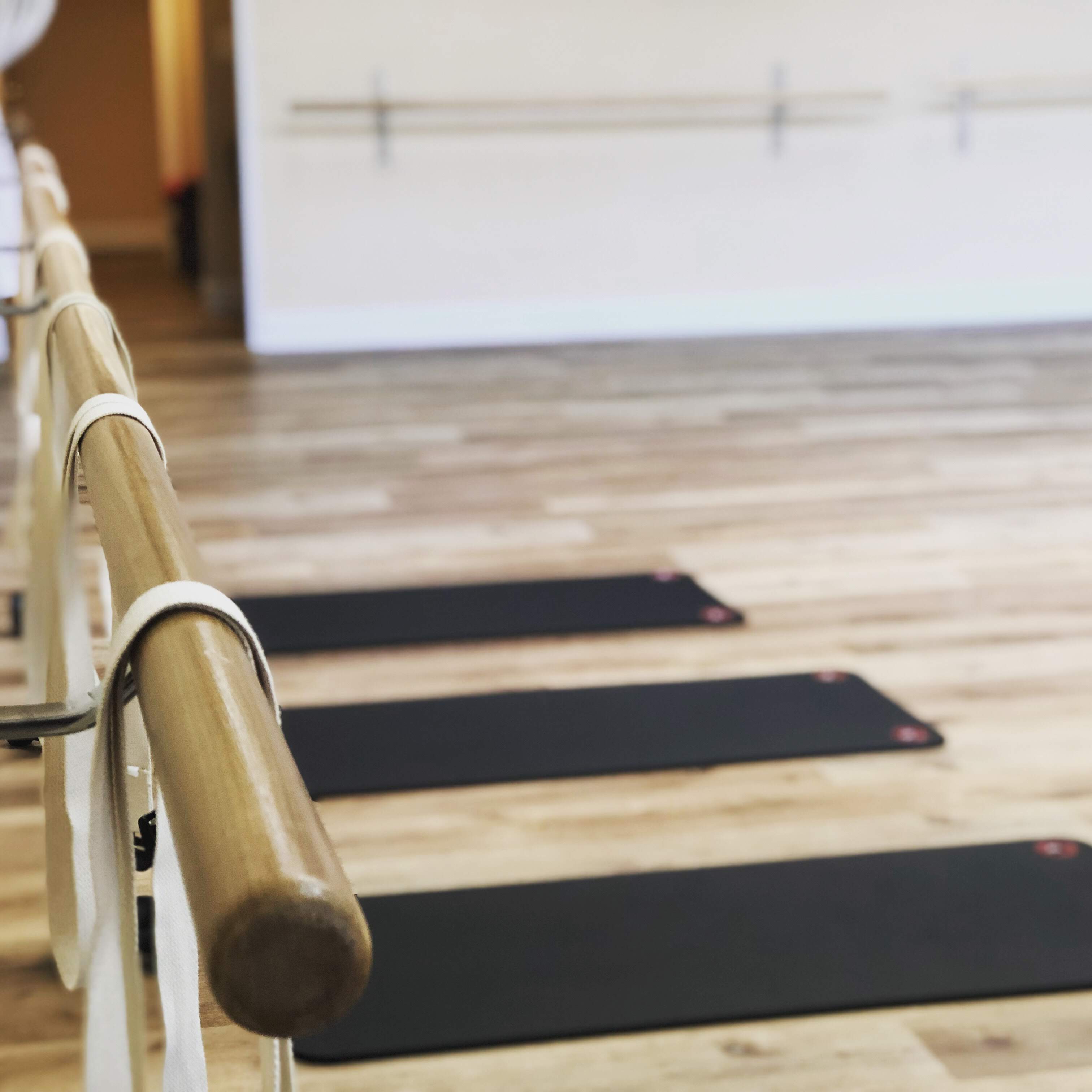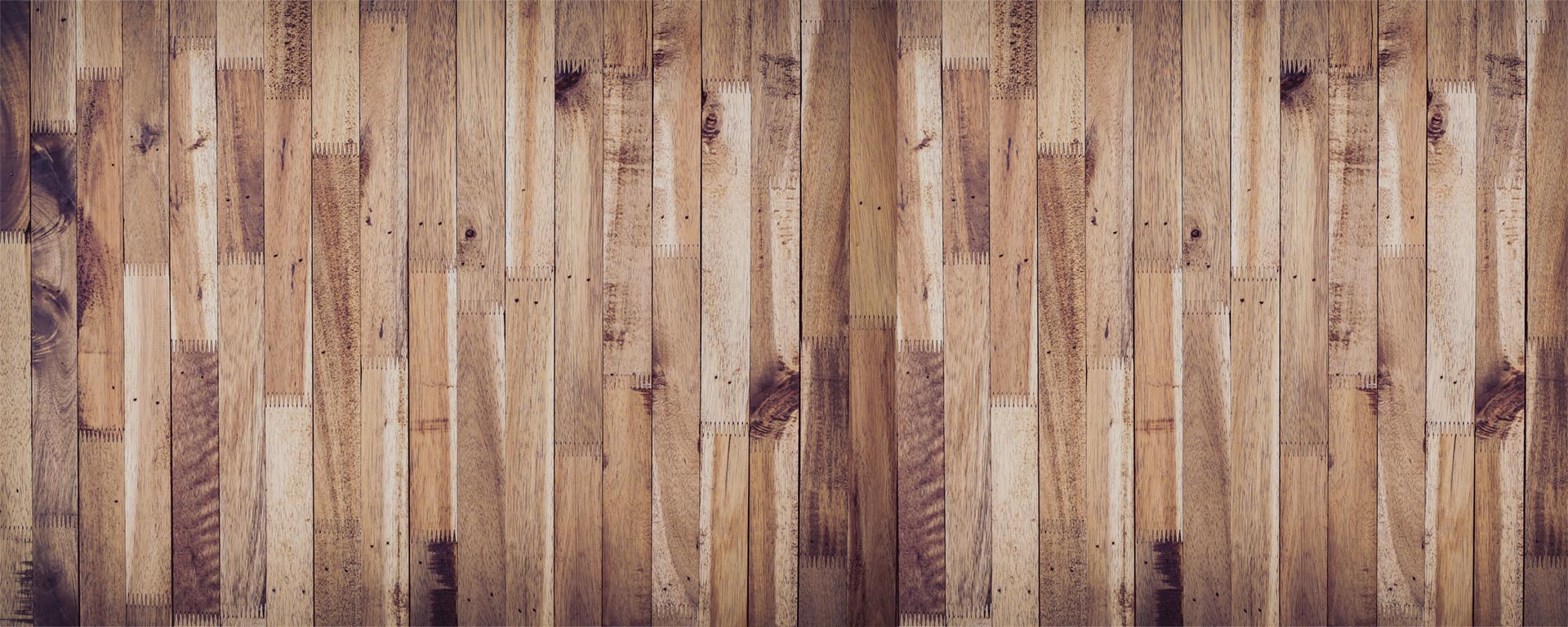
11 Jul The Bar in BARRE
In Barre one of the main props is the Bar. The Bar is used to maintain postural alignment, help stabilize the body while focussing on one muscle group for an extended period of time, and increase flexibility through bar stretches. Many of the exercises could not be performed in Barre without the use of this prop. Mat work and use of light hand weights are also used to make this method a full body workout.
Barre class is named for the primary piece of equipment: the bar. If you’ve ever been in a ballet studio, this piece of equipment will be familiar. Professional German ballerina, Lotte Berk, first created the method we now refer to simply as “barre” and taught a devoted following in London in the ’60s and ’70s. After injuring her back, Lotte got the idea of combining her ballet bar routines with her rehabilitative therapy to form an exercise system. In 1959 at the age of 46, Berk opened an exercise studio for women-only, in her West End Basement. Berk continued to teach her method of exercise well into her 80s. Her famous clients included Joan Collins, Britt Ekland, Barbra Streisand, Brooke Shields and Yasmin Le Bon. She entertained them with bawdy humor and tips on love. She gave certain exercises unusual names, such as “the Prostitute”, “the Peeing Dog” and the “French Lavatory”. She was meticulous about form, function, method, pacing, position, isometric technique and other elements of the method she crafted, refined and taught to her clients.
The truth is, barre workouts have recently gone mainstream after decades as a niche offering with an almost cult-like following for its ability to deliver transformational results. The workout is doable by all fitness levels. This total body workout provides a way to move the body naturally to improve core strength, posture, flexibility, and body awareness, leaving participants feeling graceful and strong. Although barre takes some positions and movements from ballet (as well as the signature ballet barre), a barre class is totally different from a dance class. You won’t typically find cardio in this workout, but rather a series of strengthening exercises targeting your core, arms, legs, and, of course, your butt.
If you’re afraid to take a class because you think it’ll be made up of lithe dancers, yogis, and Pilates enthusiasts, you’re wrong. Women and men too of all sizes and ages are coming to barre for the toning and tightening workouts. People come to our barre class looking for a challenging workout without the risk of injury and pain in their joints.
There are two basic types of muscle fibers — the fast-twitch muscle fibers that help you power through a set of sumo squats or box jumps, and the slow-twitch fibers used in endurance activities. Barre targets the slow-twitch muscle fibers and engage them in repetitive but relatively low-impact movements to the point of exhaustion (but not beyond what the body can handle). Slow-twitch muscle fibers use oxygen to help create adenosine triphosphate (ATP), the chemical that actually fuels muscle contractions. The more slow twitch muscle fibers you build, the more fat you burn and the more long, lean muscle tone you see.
If you are looking for a proven method that has the benefits of
- Core Strength
- Balance
- Improved Posture
- Flexibility
- Endurance
- No pain in your joints
Then Barre is for you!

